Honey strawberries

The following healthy but melt-in-mouth dessert is quick to assemble. It is essential that you use the best ingredients: tasty local strawberries and good quality honey.
Here in Nice I use Provençal lavender honey, miel de lavande, from Manosque, they export to several European countries). I use local strawberries from Carros which are in season from April to mid- June. I use fromage blanc 0% fat, French soft cheese. Elsewhere this can be substituted with Italian mascarpone.
2 servings
2 heaped tbsp. fromage blanc 0% fat or mascarpone
About 250 g local strawberries in season
1 heaped tbsp. good quality honey
1 vanilla pod
Dark chocolate shavings
Place the honey in a small saucepan. Cut the vanilla pod in half, then lengthwise. With a small sharp knife scrape the seeds into the honey, then place the vanilla pod in the saucepan. Infuse by warming very gently.
Meanwhile wash, dry and half the strawberries. Save a few small ones for decoration. Place one heaped tbsp. fromage blanc or mascarpone in the centre of the plates. Arrange the strawberries on top and around the cheese. Sprinkle with the infused honey and decorate with vanilla pods and dark chocolate shavings.














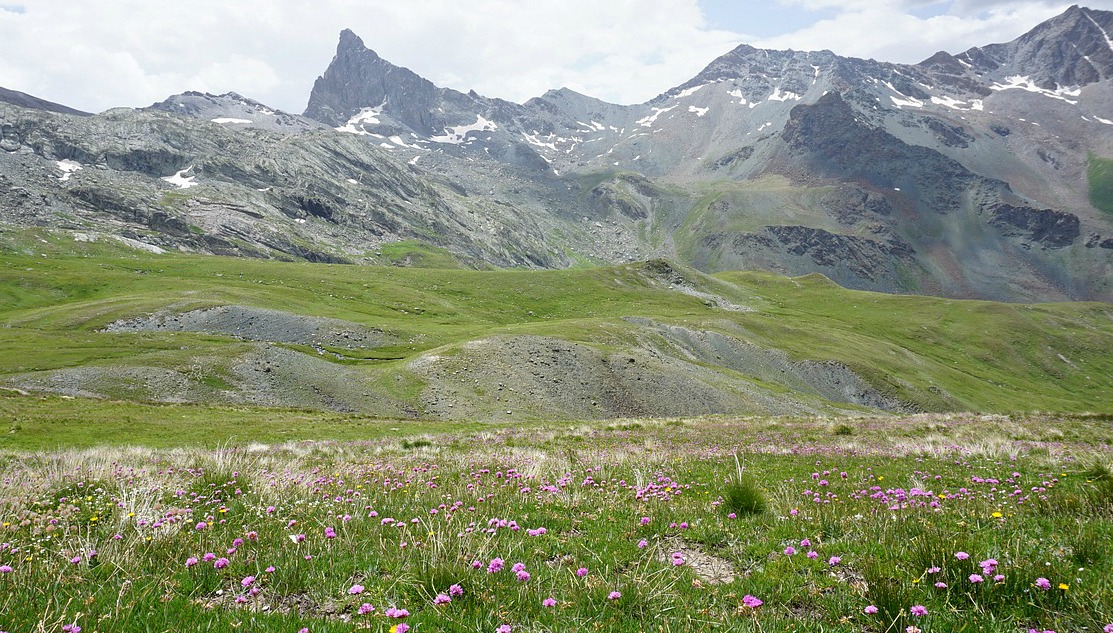
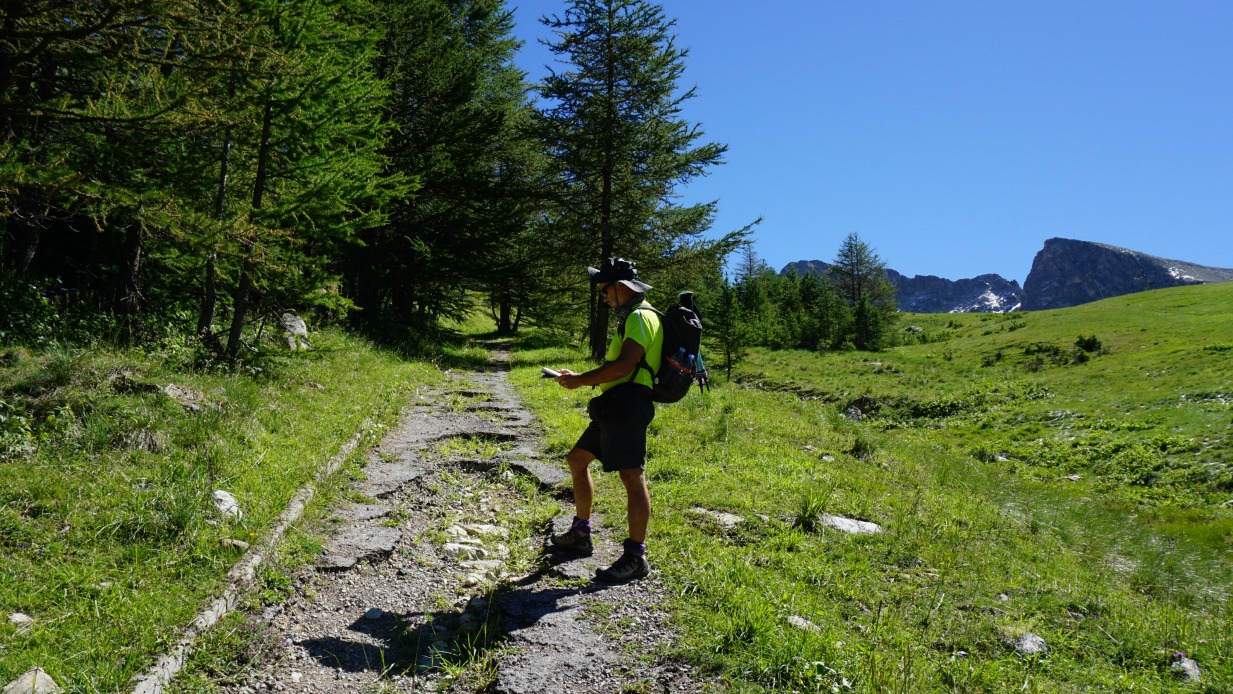


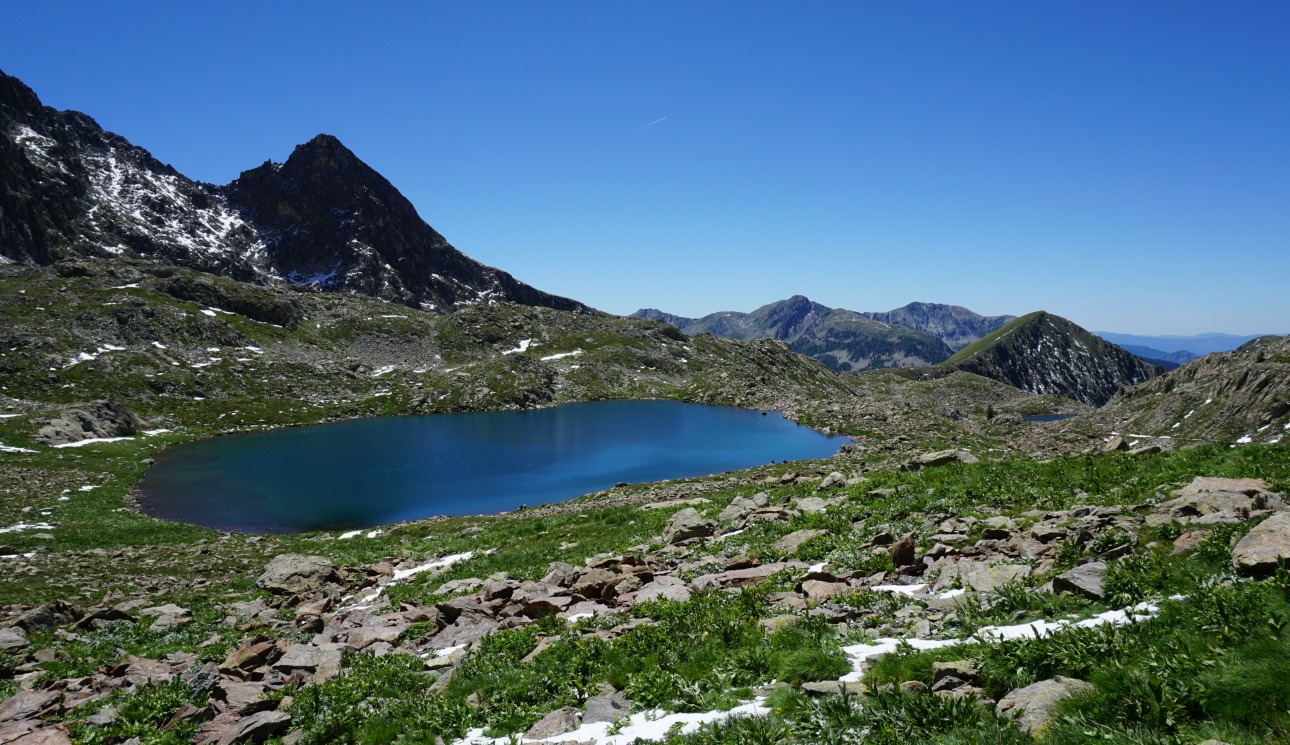
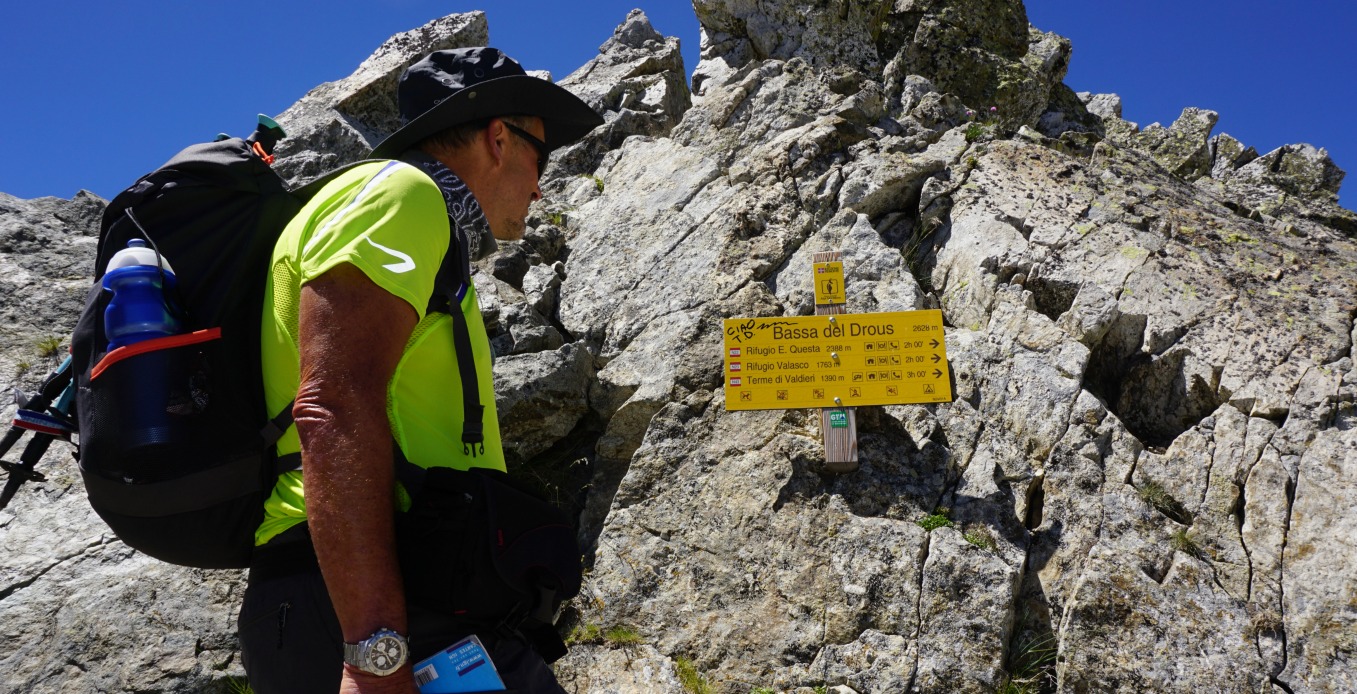


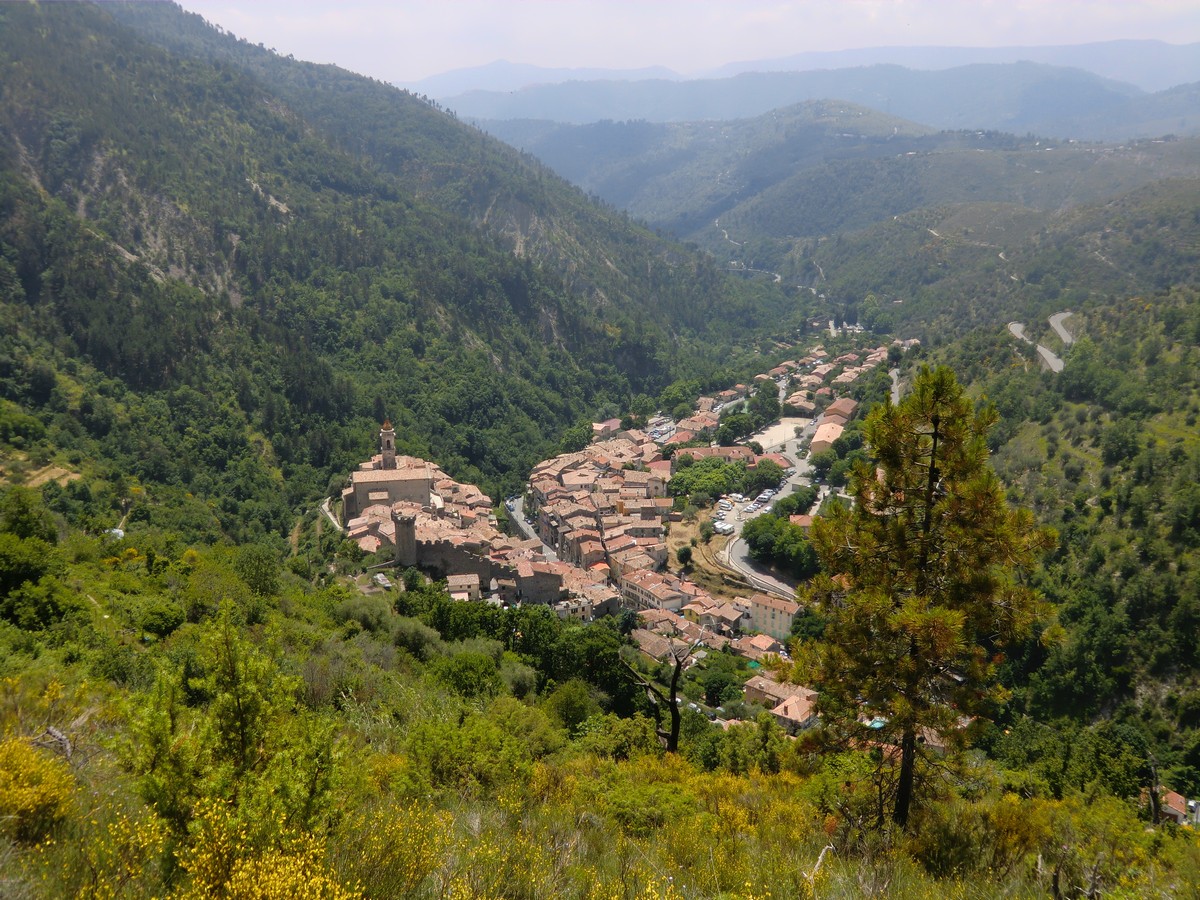
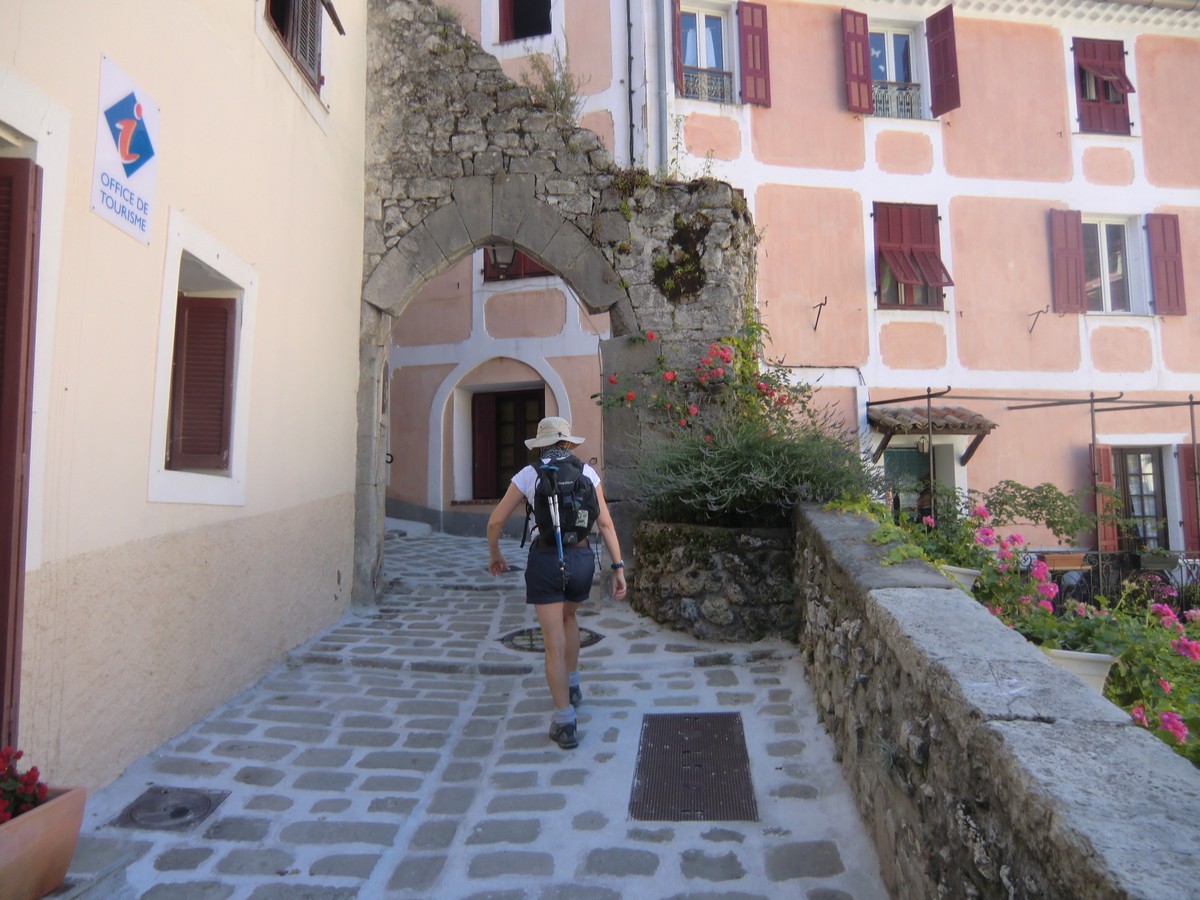








1 comments:
Note: only a member of this blog may post a comment.